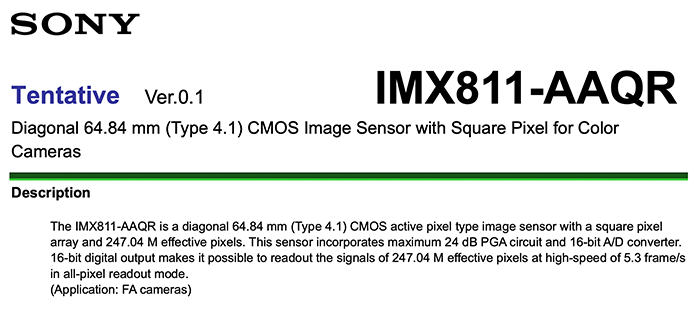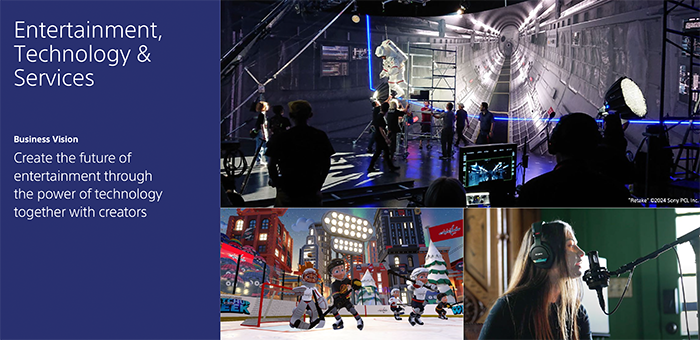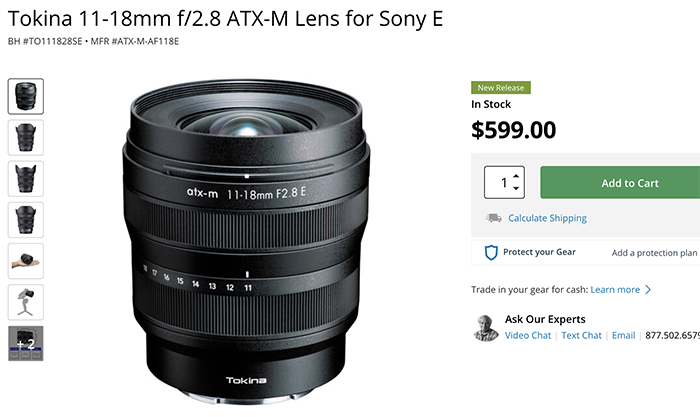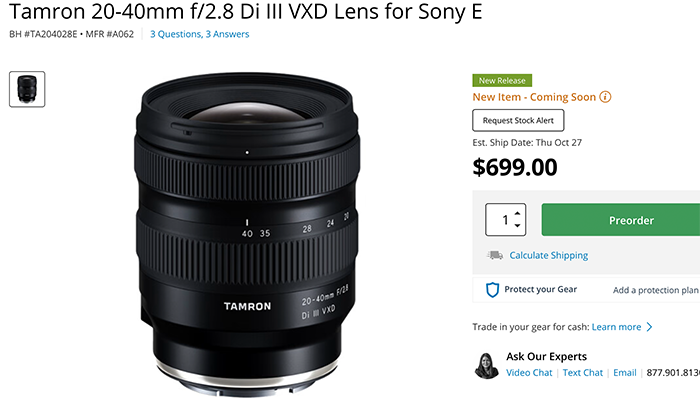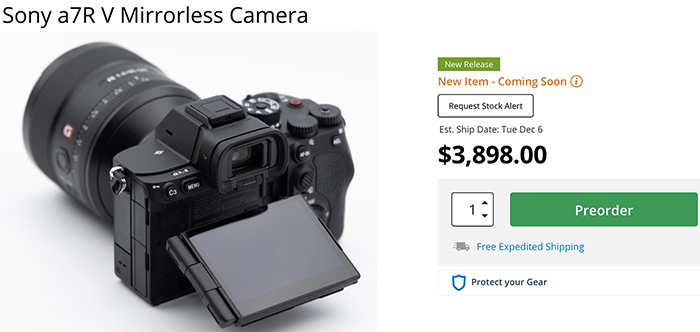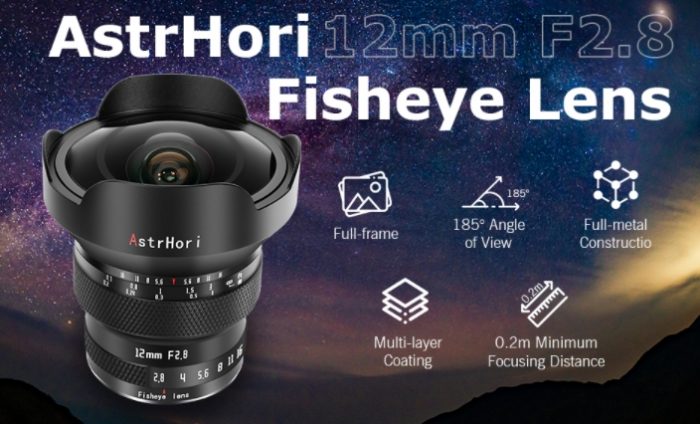Tokina 11-18mm E lens review at Lenstip
Tokina 11-18mm lens is at BHphoto. Adorama.
Lenstip tested the Tokina lens and concluded:
Pros:
- excellent image quality in the frame centre,
- sensible image quality on the edge of the frame,
- practically zero longitudinal chromatic aberration,
- sensible distortion correction,
- slight astigmatism,
- silent, quick, and accurate autofocus.
Cons:
- terrible performance against bright light.
I like many aspects of the Tokina ATX-M 11–18 mm f/2.8 E. First of all it is very sharp in the frame centre. At the shorter end of the focal spectrum it allows you to get images of very good quality across the frame.
Additionally, it corrects distortion and vignetting with the help of optics – a rare thing nowadays. I am very happy Tokina constructors didn’t pin that task on a camera software even though it made their work much more difficult. They managed to construct a lens that is sharp and completely able to correct most of optical aberrations in a right way and they should be praised for it.
Still, not all aberrations are corrected that well. The lens fell short of it when it comes to lateral chromatic aberration – perhaps the situation is not as bad as it used to be but still it can’t be called good either. Perormance against bright light is a very painful slip-up – years have passed and Tokina still can’t show us wide angle instruments which would be efficient in that area.
